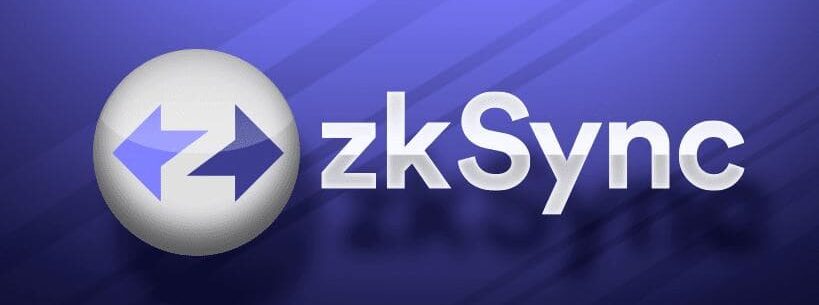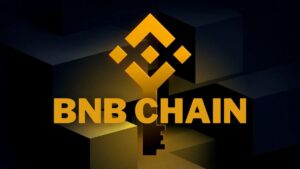zkSync, a Layer 2 solution that uses Zero-Knowledge (ZK) rollups to speed up transactions and lower gas fees on the Ethereum (ETH) blockchain, has just launched a new upgrade called, “Boojum” in an effort to decentralize its network and lower the hardware barrier for users to participate in securing zkSync.
In the blazing-paced world of blockchains and crypto, regular technological upgrades are pivotal to keep the wheels running to prevent security issues, improve compatibility and roll out new program features.
This eventually will boost mainstream adoption, propelling the network to greener pastures. It means, continuous innovation and upgrades of blockchain networks have become mandatory if a crypto project wants to experience success.
Another Step in Decentralization
On July 17, the team behind zkSync took to Twitter to announce its new upgrade, “Boojum,” that will transition zkSync Era to a STARK-powered proof system, providing world-class performance on consumer-grade hardware.
Say hello to Boojum 👋: zkSync Era’s new high-performance proof system for radical decentralization. Boojum is an upgrade that will transition zkSync Era to a STARK-powered proof system, providing world-class performance on consumer-grade hardware.
💡 Learn more:… pic.twitter.com/1GrwJ5Y07A
— zkSync ∎ (@zksync) July 17, 2023
zkSync’s new prover will lower the hardware barrier for users to participate in securing zkSync by requiring only 8 gigabytes of hardware, compared to the previous average of 500 gigabytes. The zkSync team added,
“The move to a STARK-based proof system represents a dramatic improvement in performance, and will help ensure a low latency for finality and support for increased levels of activity on zkSync Era and other ZK Stack-based systems.”
According to the official blog post, the upgrade will also help in reducing transaction time and bolster decentralization, making digital self-ownership more accessible by building a blockchain network that is trustless, secure, permissionless, affordable and easy to use. zkSync CEO Alex Gluchowski believes Boojum could be a viable way to repurpose the mining industry.
He noted, just like miners on Bitcoin (BTC) and validators on Ethereum (ETH) are paid for securing their networks, so too would provers on zkSync. As per the post, currently, the launch is in so-called mainnet shadow mode, as part of the launch’s phased rollout. This model is a testing zone that runs in parallel to the mainnet. zkSync devs tweeted,
“Boojum is now live on Mainnet, generating and verifying ‘shadow proofs’ today with real production data so that we can carefully test the system ahead of fully migrating.”
zkSync Witnesses Explosive Growth
This comes hot on the heels afterzkSync Era recently announced the launch of its new LIBERTAS OMNIBUS, a new non-fungible token (NFT) project on the network. It’s an experimental NFT project on zkSync to explore new NFT standards, network superpowers, new protocol features, prototype collections with surprise creators, and just vibe.
🔝zkSync's TPS Hit New ATH🔝
✨After Airdropping NFTs to Users, @zksync's TPS Hits New ATH and Once Again Overtakes Ethereum in TPS
✨Not only that, the total number of transactions over the past month of #zkSync also leads the L2 projects
✅TPS: 12.6
✅30D COUNT: 23.75 pic.twitter.com/LXMRC1BaBa— zkSync Fans ∎ (@zkSyncFans) July 16, 2023
Soon after the launch, the roll-up reached a new high. zkSync fans, a popular Twitter handle that talks about the development of the ecosystem, revealed that zkSync’s transactions per second reached a new all-time high. Not only that, but the total number of transactions over the past month of zkSync also leads the L2 projects.











